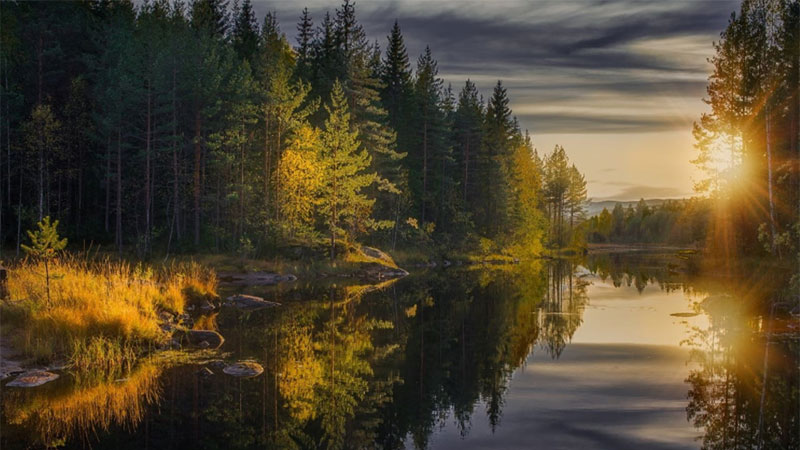Top Tips for Landscape Photography
If you look at photo sharing applications, you will see that there are a lot of great landscape photographs. You can certainly use these photos as inspiration when it comes to perfecting your own craft. However, what else can you do in order to improve your landscape photography skills? Read on to discover some ideas and suggestions.

Be prepared
There is only one place to begin when it comes to good landscape photography, and this is with being prepared. There are a number of steps that you can take to make sure that this is the case. Firstly, you should research the location thoroughly. Aside from this, it is important to know your camera. Spend some time exploring the different functions that come with your camera so that you know how to make the most of it when you are shooting landscape photographs.
Use a polarizing filter
Another suggestion that we have for you when it comes to creating good landscape photographs is to use a polarizing filter. This is beneficial because it can lower the glare in the photographs, as well as enhancing the contrast and colour. These filters can be especially helpful when you are shooting scenes that have lots of reflections and include rich colours, sky, and water. For instance, you can really bring out the vibrancy in a blue sky by using a polarizing filter or you can lower the shiny glare of rocks or water. It is not hard to see why this is one of the best filters for landscape images.
Take images during the golden hour
The golden hour refers to the time periods just before sunset or after sunrise. The reason why it has this name is because of the stunning, diffused light, which happens as a consequence of the sun is low in the sky. To really capture a beautiful landscape photograph, it makes sense to go out during these times and take a lot of photos. After all, the more practice that you are going to get, the better.
Choose a mid-range aperture
The final piece of advice we have for you when it comes to landscape photography is to select a mid-range aperture. One of the main objectives, when you take these photos, is to ensure your images are clear and sharp.
The exposure settings that you select will have an impact on this, an aperture is an evident place to start. Shooting with an f-stop number is best when it comes to getting the clearest and sharpest image possible. A subtle reduction in clarity can happen if you have an aperture that is too far toward either end of the spectrum.
Hopefully, we’ve now shown you some of the different and exciting ways that you can boost your landscape photographs. Try out these suggestions and we are sure you will be happy with the difference they make to your photography. While some of these tips may take practice to give you the best results, we’re sure you’ll love the improvements you make.



